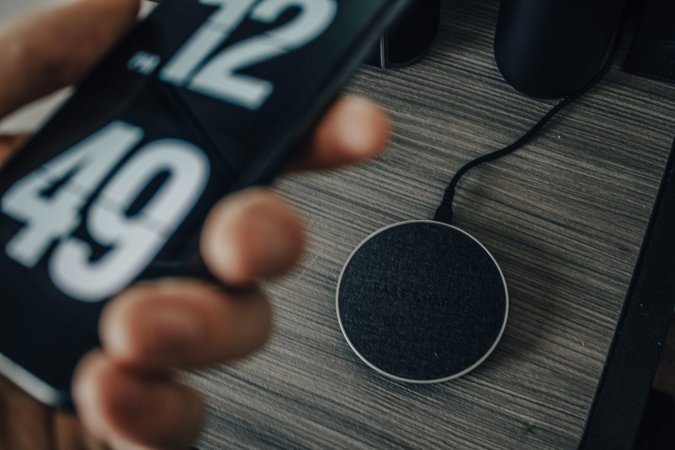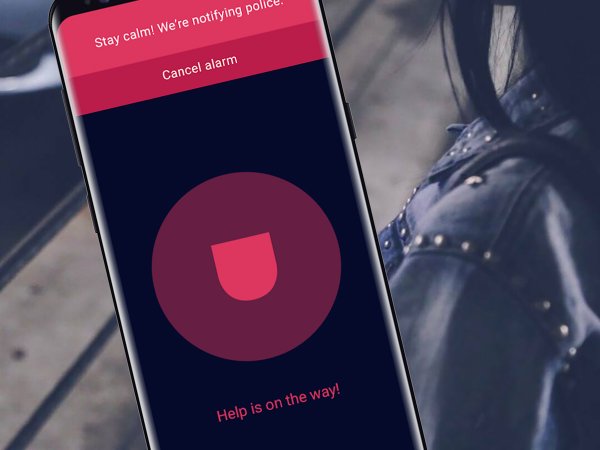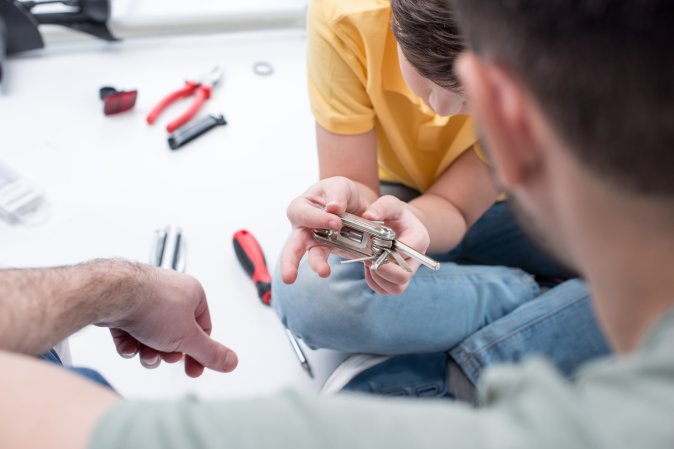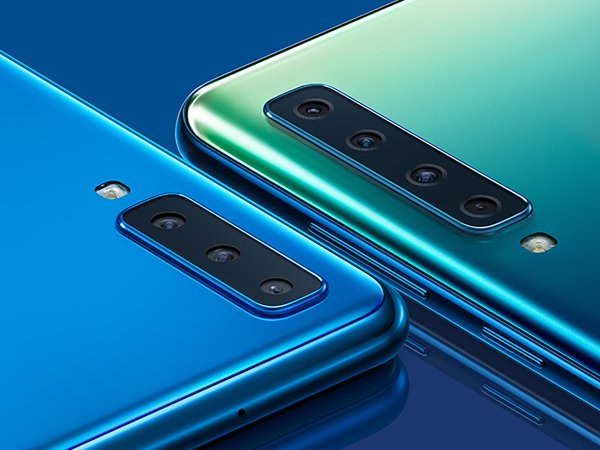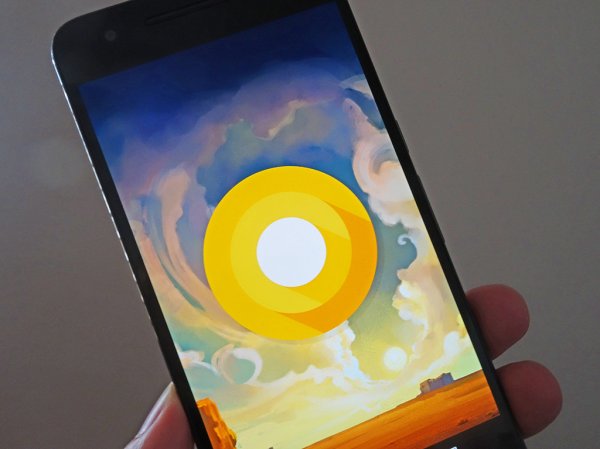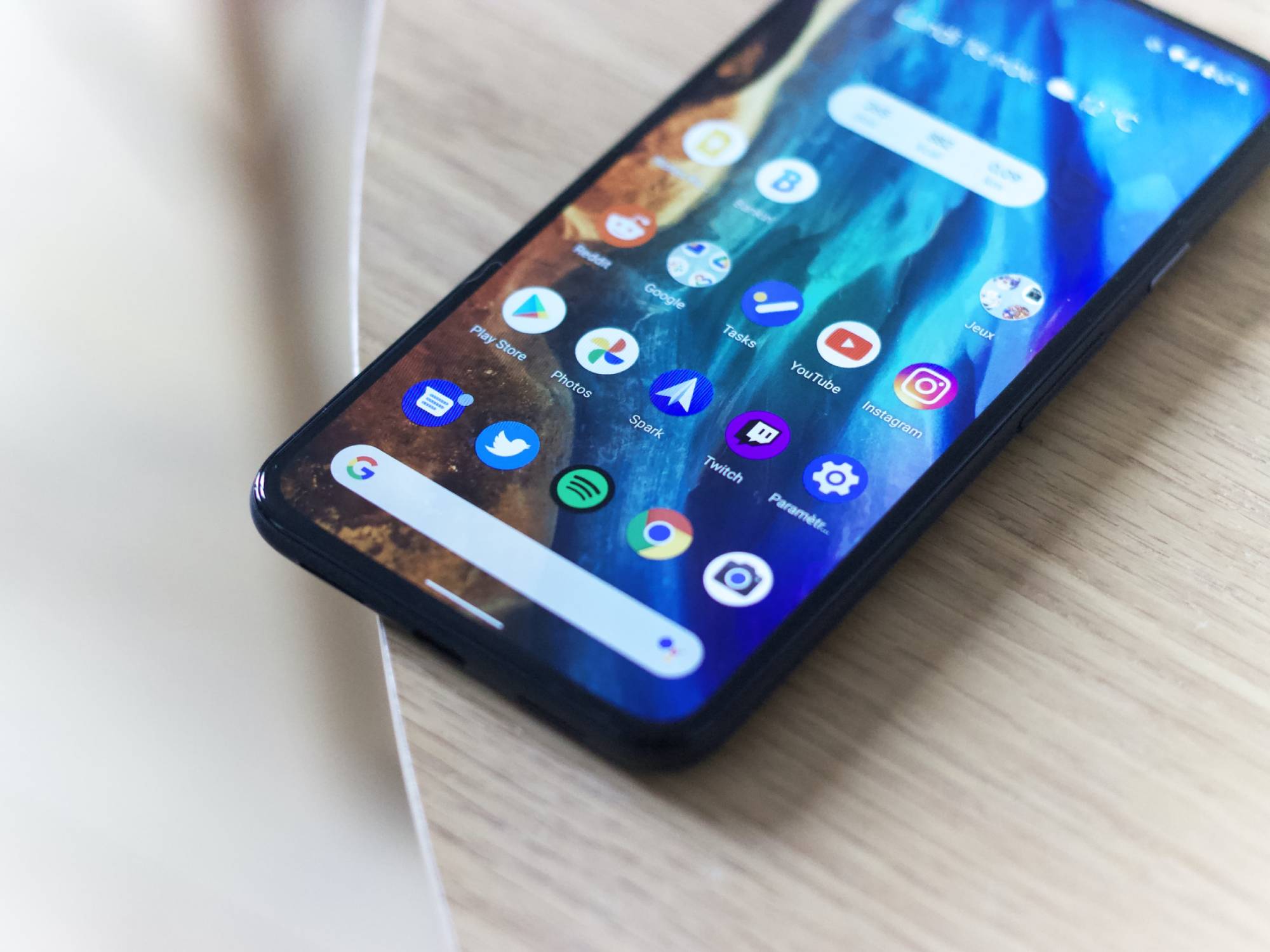

Maybe you think you know the ins and outs of the Settings menu on your Android phone. But you may have yet to discover the Developer options menu, which gives you access to a host of functions you might be interested in if you’re a power user.
Google created this mode so developers could test their apps on Android, but its usefulness goes beyond that. This menu opens up options to check how your device is performing, troubleshoot problems, get a closer look at how Android works, and more cool tweaks.
A word of warning though—Developer Mode is hidden by default for a reason, and if you enable it, you do it at your own risk. Some of these settings can cause certain apps to misbehave or make your device more vulnerable to hackers.
It’s not common to run into problems, but it is possible. To prevent any disasters, make sure everything on your phone is safely backed up before you embark on this adventure.
How to enable Developer Mode on Android
To enable Developer Mode, go to Settings, choose About phone and then tap the Build number entry seven times. After a few taps you should see a countdown telling you that you’re about to turn developer options on.
[Related: 24 hidden Android settings you should know about]
When the task is done, from Settings go to System, Advanced, and there you’ll find the Developer options menu. If you want to disable Developer Mode, turn off the toggle switch at the top of the menu, and the options will disappear.
Enabling general developer options
Not everything in the Developer options menu is going to look attractive to the average user. Some of the entries really are designed especially for developers, like the way that bug reports are recorded on the device in the event of an app crash.
The first option in the list, Memory, is handy for everyone, though. Tap on it to see which apps are using the RAM on your device, and how much of it they’re consuming. If your phone has been running slowly, this might give you some clues as to why. The Settings screen on Samsung phones, and other third-party apps show the same information, but it’s not available natively in stock Android.
The Stay awake toggle switch is a neat little option that might come in useful if you’re making notes from your phone, for example, and you need the screen to stay on. When you enable it, the phone won’t sleep or lock itself when charging.
The Select mock location app option is an interesting one: It lets you set your phone’s GPS to somewhere other than your current location. This allows you to get around location tracking services or see what apps like Airbnb look like from different areas. You will need a mock location app as well, like Fake GPS Location or Fake GPS Go Location Spoofer.
Developer options for unlocking, debugging, and rooting
Then there’s OEM unlocking, which removes the key protection that prevents you from overwriting the Android OS on your phone. This is something you’d need if you want to replace your operating system with an alternative one, like LineageOS.
This option also makes it easier for someone else to install unauthorized software on your phone, so unless you need it, it’s best to leave it off. Still, would-be hackers would need physical access to your device to cause any harm, so it’s not terrible if you suddenly realize you had turned it on by mistake.
A little lower down the list is USB debugging, which lets you control your Android phone from a connected computer. This is another setting you’ll need to enable if you want to install a different OS.
[Related: 10 hidden tricks to try on your Android phone]
If you’re planning to root your device (the Android equivalent of jailbreaking an iPhone), you’ll need to enable OEM unlocking and USB debugging. Rooting has inherent security risks, so it’s better to leave it only for users who really know what they’re doing.
But there’s a reason why people like rooting, too. It allows you to remove bloatware that you couldn’t get rid of otherwise, and install apps that go above and beyond Android’s default permissions. This includes backup apps, which copy every last bit of data from your device to the cloud or an external hard drive.
Get system diagnostics and troubleshooting options with the developer menu
Developer Mode settings can also tell you more about how your Android device is running. You can test the impact of certain apps and games on your RAM memory, for example, or get more information to try and troubleshoot problems.
Many Android phones can now switch between a variety of refresh rates for a more fluid display experience. If you’re curious about what these are, you can enable Show refresh rate, and you’ll see the number for the current app you’re using displayed in the corner of the screen.
Show layout bounds will sketch a layout on top of every Android screen, showing where button and menu boundaries are. If you’re having problems controlling or interacting with an app, then this information can be helpful. Enable Show taps as well and you will see a flash on the specific part of your screen where you are tapping.
Meanwhile, you can also pick Running services to see which apps and underlying services (such as Bluetooth) are currently active. If you enable this option, you’ll also get to see how much they’re demanding your device’s system. Knowing more about the management of your phone’s resources will allow you to stop misbehaving services, and discover app activity that you might not have known about.
Developer options to tweak animations and boost graphics performance
There are three entries in Developer options that can help your phone feel a lot snappier. The first is Window animation scale, which controls the speed at which apps open and close. Transition animation scale controls how fast you can switch apps, meanwhile Animation duration scale controls the speed of in-app animations, like menus opening, for example.
[Related: Android security settings you should check right now]
Tap on any of these options and you’ll be able to turn them off altogether, or dial them down from the default 1x to 0.5x. If you do that, your phone’s interface won’t look as elegant or as fluid. But because this gives the internal components in your device less work to do, it can help claw back some speed if you have an older phone.
Another related option is Force 4x MSAA, which stands for multisample anti-aliasing. Enabling this more advanced graphics processing technology can improve the appearance of games and 3D graphics. The downside is that you’ll need a relatively powerful phone to handle it, and it can drain battery life, so if you use it, do so sparingly and with caution.
Correction May 21, 2021: A previous version of this story said the only way to disable Developer Mode was to factory reset your phone, but there is an on-off toggle switch.
